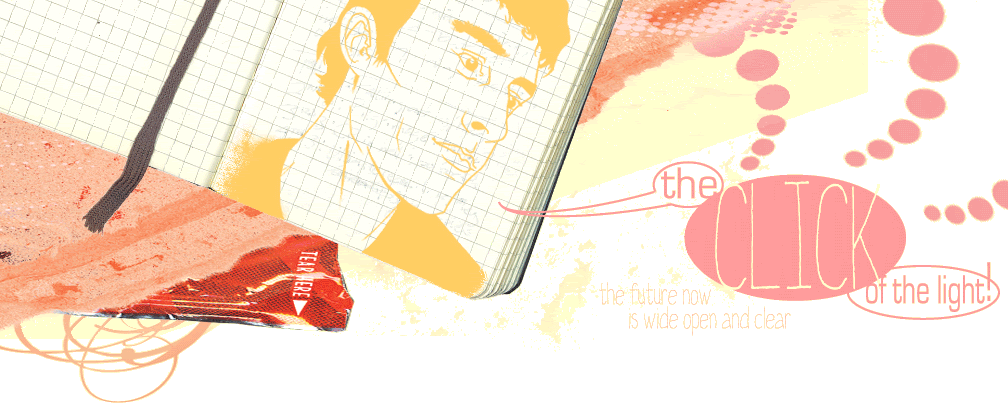I swear this was done on time. But our server has been down the past four hours or so, and therefore I haven't been able to post it. Until now.
* * * * *
Day Six
Malanomy: A Tribute to…
The work of Professor Wilhelm Herrick is not often appreciated. This is no doubt because it is not often understood. The beauty of Herrick’s creations is unparalleled – while artists have, for millennia, used the human form as inspiration, Herrick uses it as a medium. His works, from Eyelid Snowflake (1912) to Maze of Fingers and Toes (1953) demonstrates an understanding of the contradictions inherent in the human condition and create wonder out of the mundane.
Some have criticized Herrick for his occasional messiness – the bruises and cuts which may be found on Emptiness of Thighs (1946) is an example – but it is in fact a strength. Herrick’s refusal to romanticize the instruments from which he constructs his works grounds them as firmly in reality as Herrick himself was grounded – he, more than perhaps any artist since Leonardo, was as involved in the creation of the media in which he worked as he was in its use. Herrick’s work is extraordinary for its affirmation, for its methodic approach to creation, and for its ability to take the most brutal parts of humanity and make them into the most beautiful.
* * * * *
Day Six
Malanomy: A Tribute to…
The work of Professor Wilhelm Herrick is not often appreciated. This is no doubt because it is not often understood. The beauty of Herrick’s creations is unparalleled – while artists have, for millennia, used the human form as inspiration, Herrick uses it as a medium. His works, from Eyelid Snowflake (1912) to Maze of Fingers and Toes (1953) demonstrates an understanding of the contradictions inherent in the human condition and create wonder out of the mundane.
Some have criticized Herrick for his occasional messiness – the bruises and cuts which may be found on Emptiness of Thighs (1946) is an example – but it is in fact a strength. Herrick’s refusal to romanticize the instruments from which he constructs his works grounds them as firmly in reality as Herrick himself was grounded – he, more than perhaps any artist since Leonardo, was as involved in the creation of the media in which he worked as he was in its use. Herrick’s work is extraordinary for its affirmation, for its methodic approach to creation, and for its ability to take the most brutal parts of humanity and make them into the most beautiful.


0 Comments:
Post a Comment
<< Home